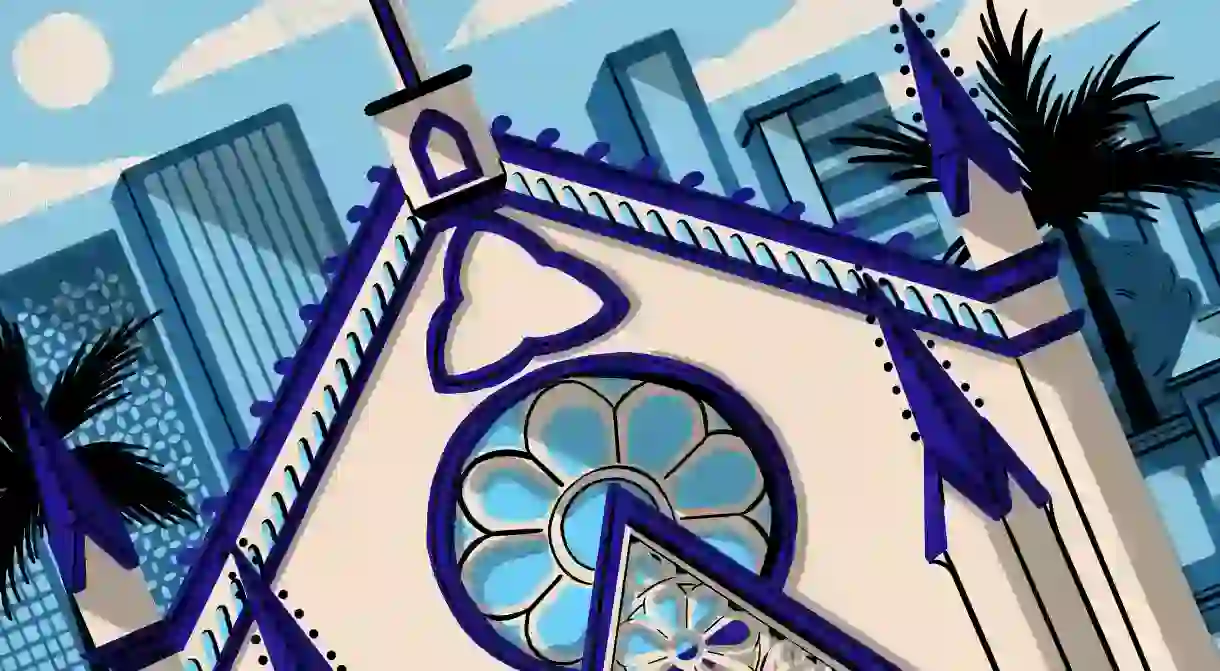Discovering the Brazilian Quarter in Lagos, Nigeria

Lagos has a hidden architectural history, with remarkable buildings designed and built by returning Afro-Brazilian slaves in the early 19th century. Today, few of these buildings remain within the Brazilian Quarter of Lagos to demonstrate the city’s rich multicultural history.
Architecture in Lagos was greatly influenced by returning Afro-Brazilian slaves who left indelible marks on the city’s landscape. These remarkable buildings are lasting signifiers of black history, but these architectural gems, most of which now lie in ruins, have long been under threat from urbanisation and lack of conservation. A walk through the Brazilian Quarter, located on Lagos Island, offers a rare glimpse into its many cultures, remarkable architecture and the lasting legacy of the transatlantic slave trade.

One of the lesser-known examples of cultural exchange was the architecture of Afro-Brazilians who returned to Lagos and other parts of West Africa after slavery was abolished in the 19th century. From the 1850s onwards, the Afro-Brazilian population, known as “Aguda” (which translates from Yoruba as “Catholic”), made up the majority of the returnee slaves (between 3,000 and 8,000) to the West African region and settled in an area of Lagos Island known as Popo Aguda. Their settlement in West Africa contributed significantly towards early architectural design in the region, which is now considered part of a wider global narrative on black Africa’s architectural heritage and that of Lagos State, Nigeria.
Today, there are only a few of these remarkable buildings left as the area continues to undergo rapid gentrification and widespread demolition. This has not gone unnoticed by the local communities, media and conservation groups.
Among them, conservationist and activist Oluremi Dacosta, a local resident of Afro-Brazilian descent and a key figure, has called for the critical conservation of the last remaining Afro-Brazilian buildings in the city.
An initiative that has contributed to the preservation of this heritage is Tiwa N’ Tiwa’s Street Art Festival, a three-day annual street-art and community festival. The programme for the November 2018 edition included a series of events in the Brazilian Quarter, among them BLOCK PARTY LAGOS – a weekend of music, performances and interactive workshops (The Interactive Sessions) – and The Brazilian Quarters Tour (a walking tour of the area highlighting architectural masterpieces). The tour, which was spearheaded by Dacosta in partnership with the festival, took visitors to 12 historic sites, churches (the Cathedral Church of Christ being a highlight), mosques, schools and local family homes in the quarter.

Dacosta views the preservation of the area as highly important to ‘Nigerian-Brazilian cultural heritage and […] one of the unique architectural histories on the African continent.’
According to Dacosta, tourism within the area has increased as a direct result of his sold-out tours which run daily (for bookings, call REDAC on +23 4903 639 8885/+23 4815 805 6177, send an email to redactours@gmail.com, or visit the REDAC Tours Facebook and Instagram pages). To explore the Brazilian Quarter of Lagos, head to the areas around Upper Campos Square, Campos Street, Marina Road, Campbell Street, Igbosere Road, Broad Street and Tinubu Square.













